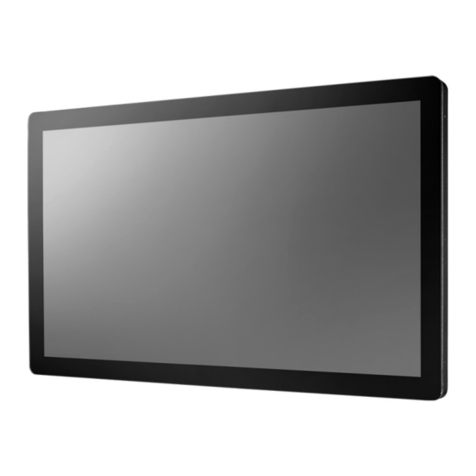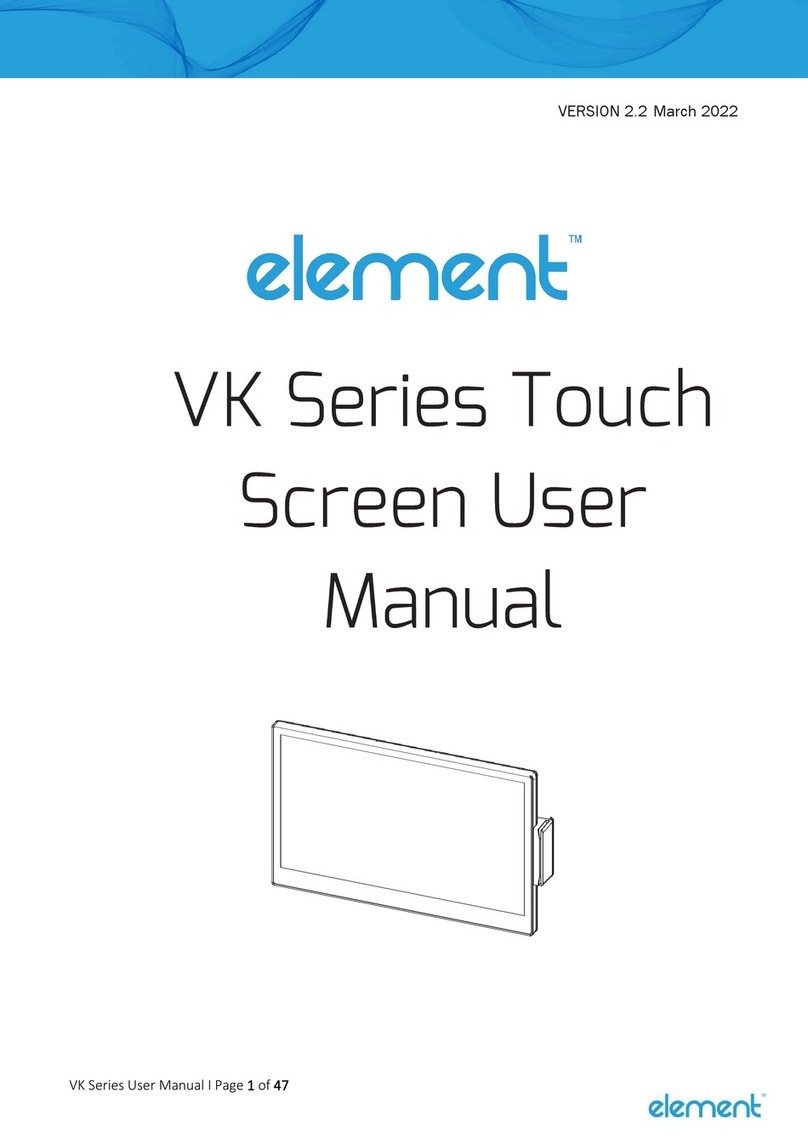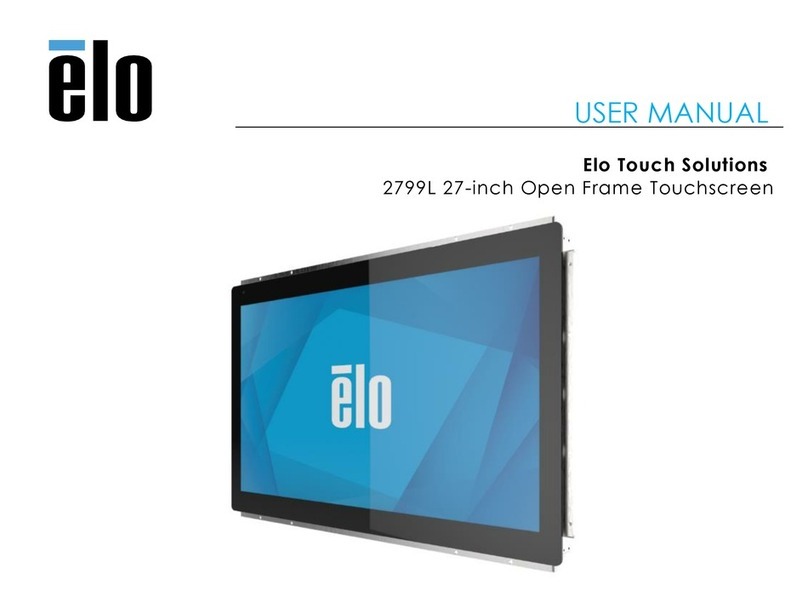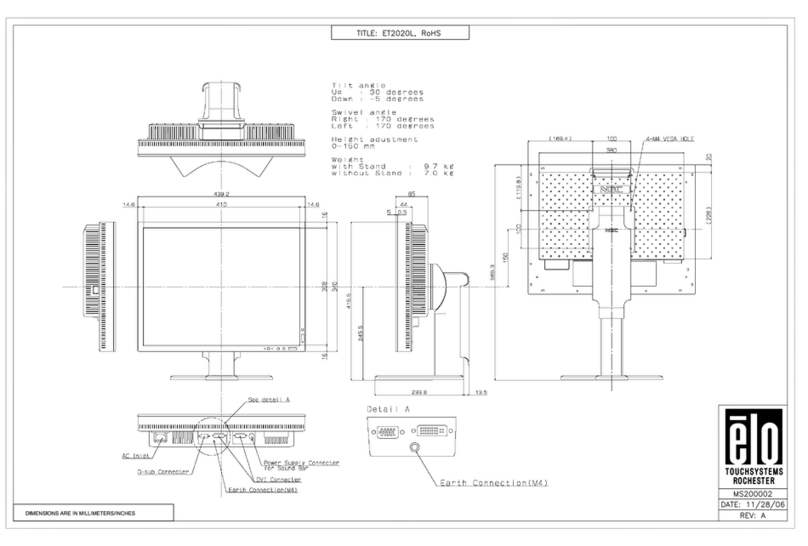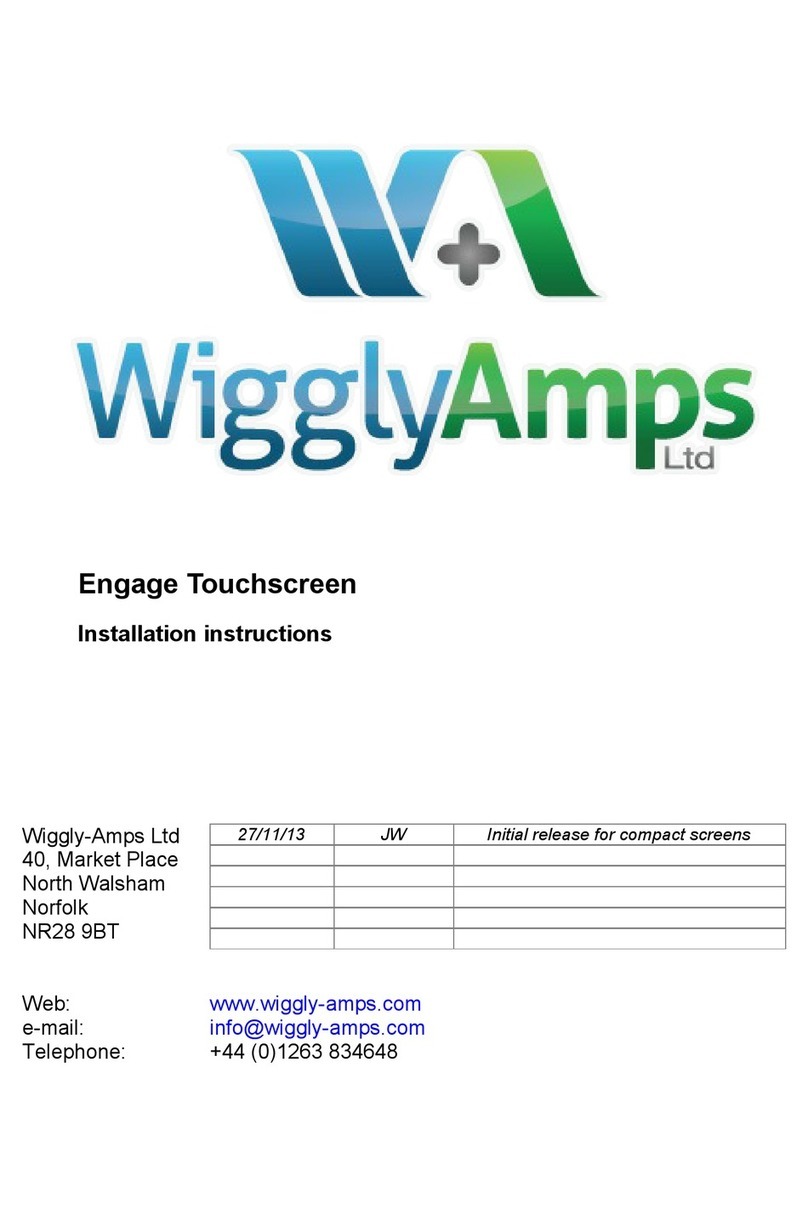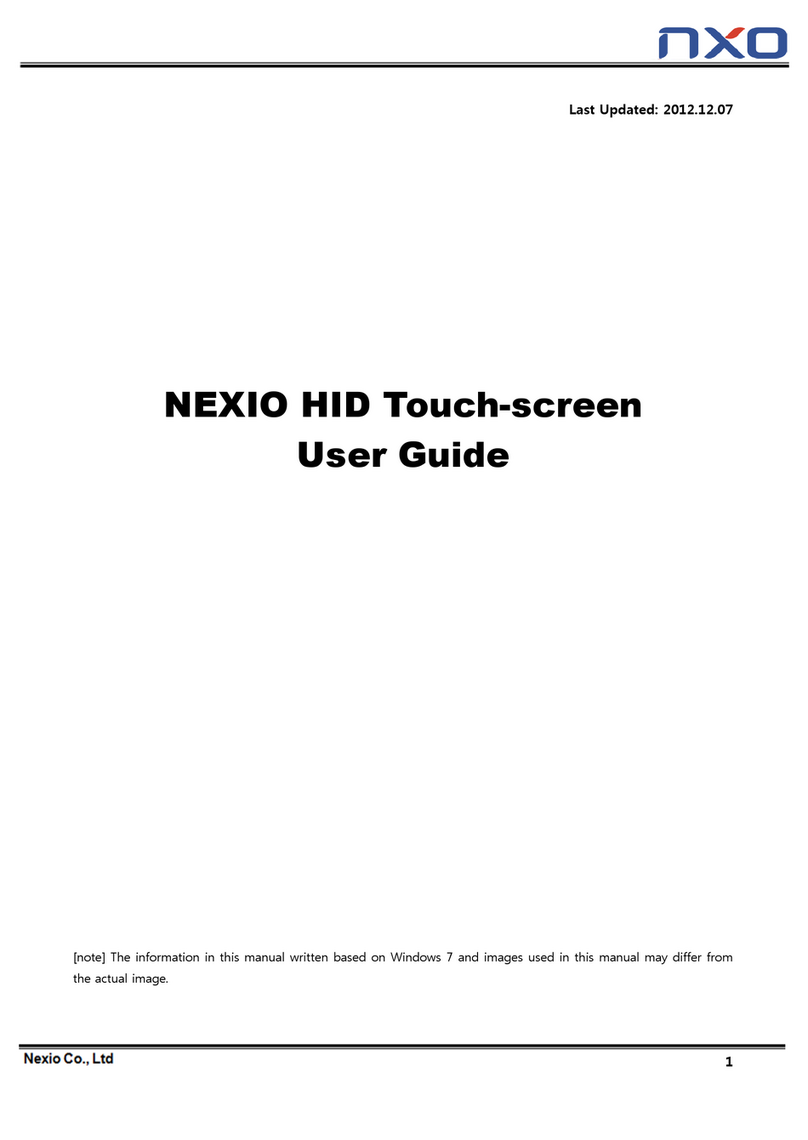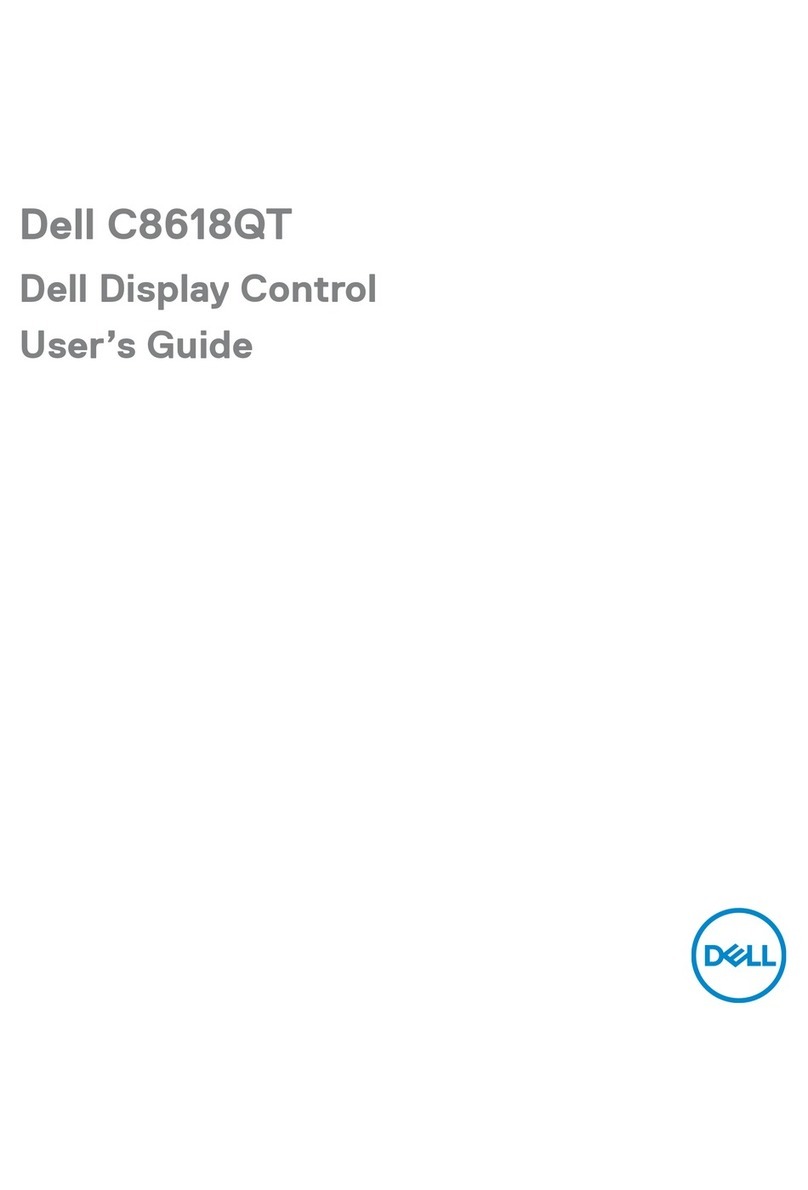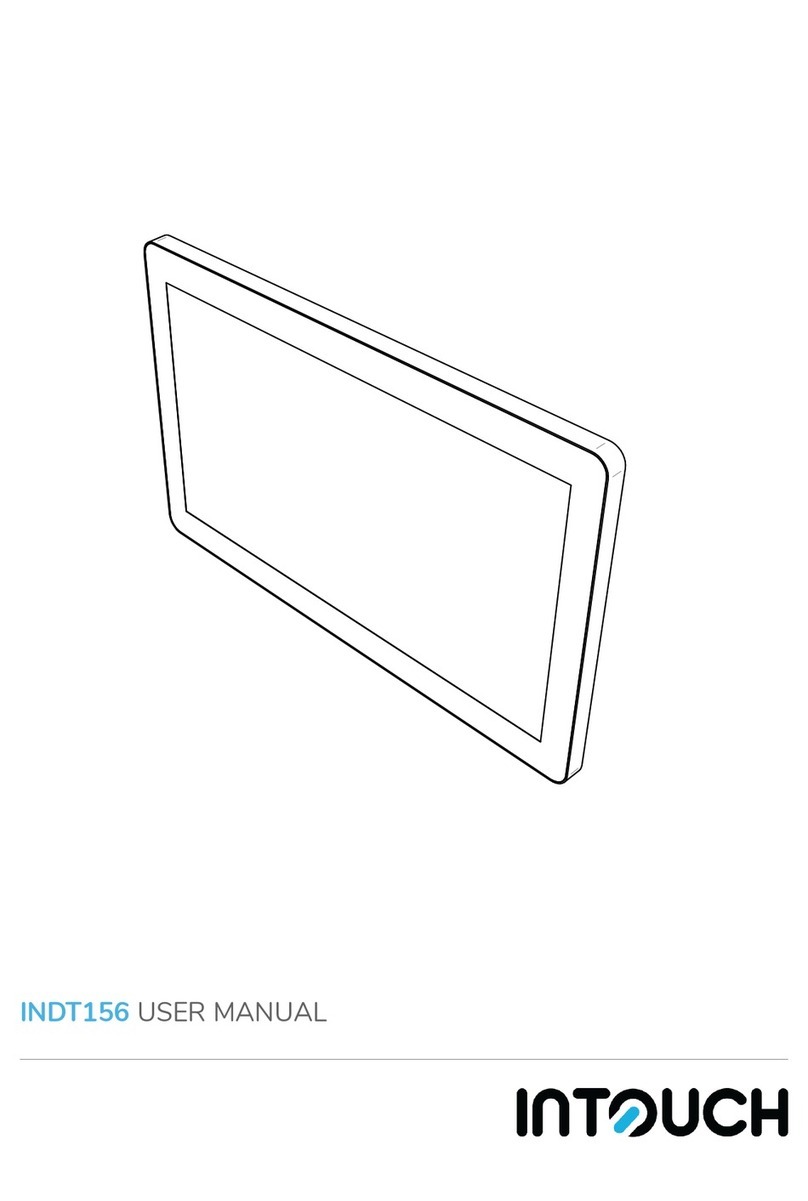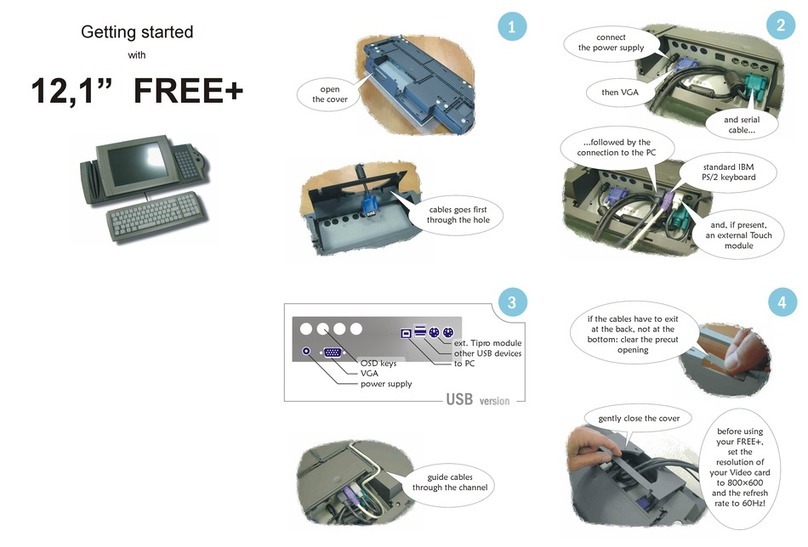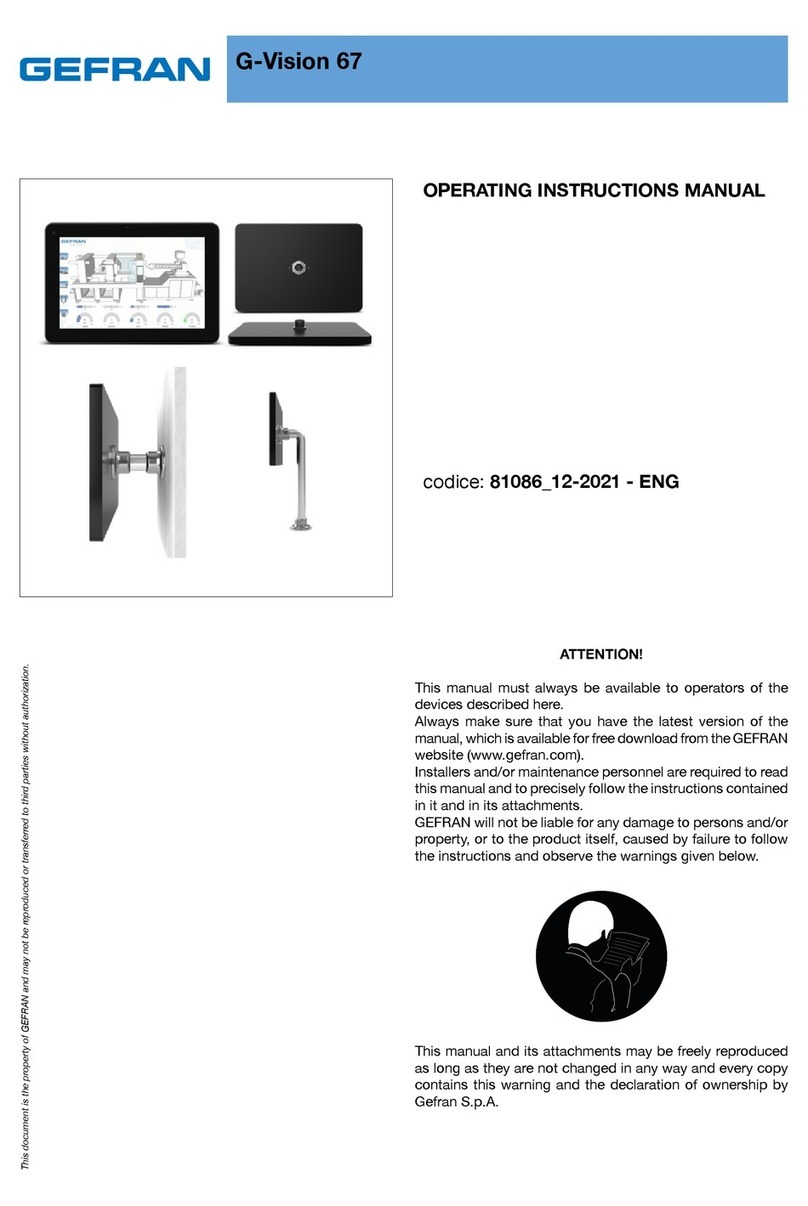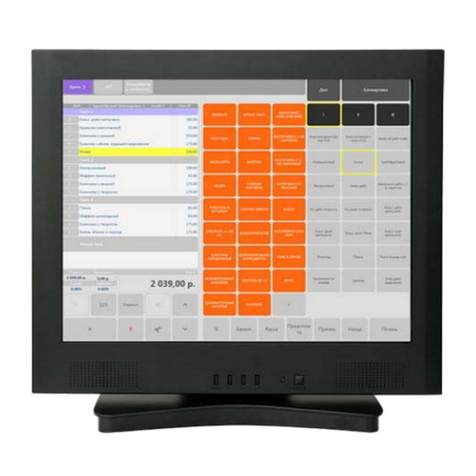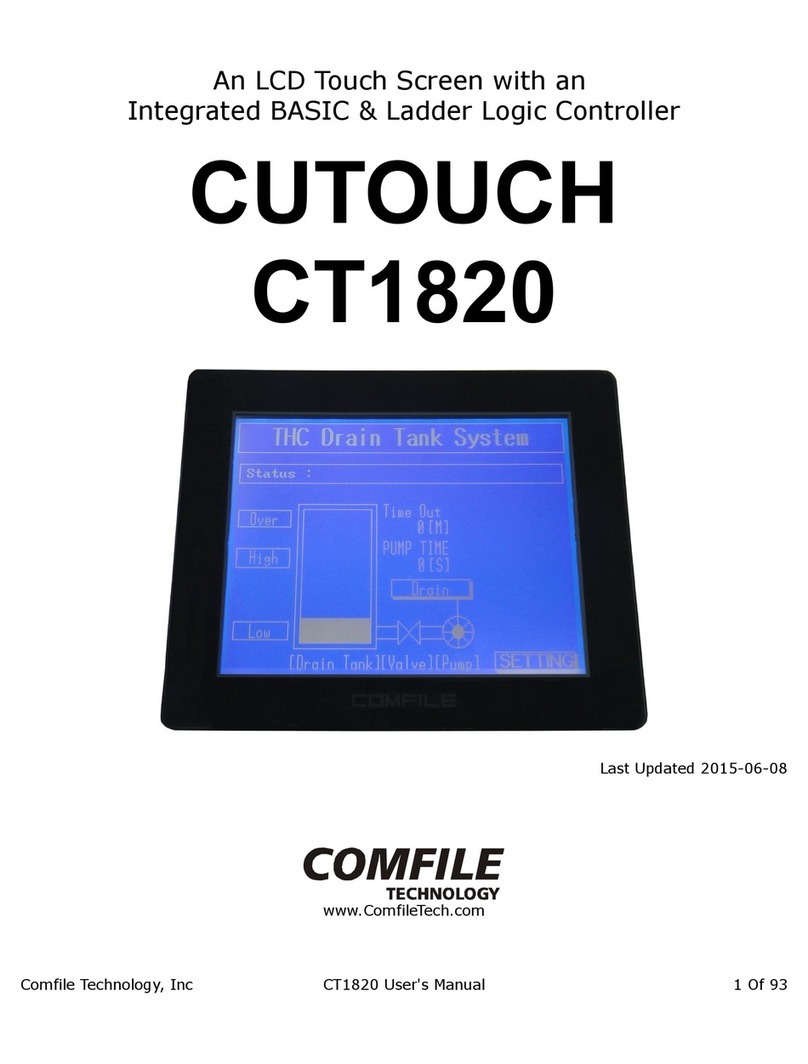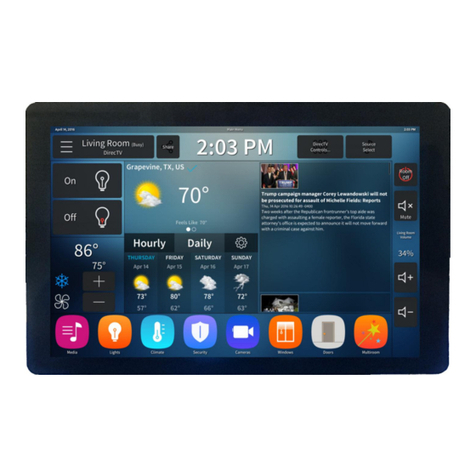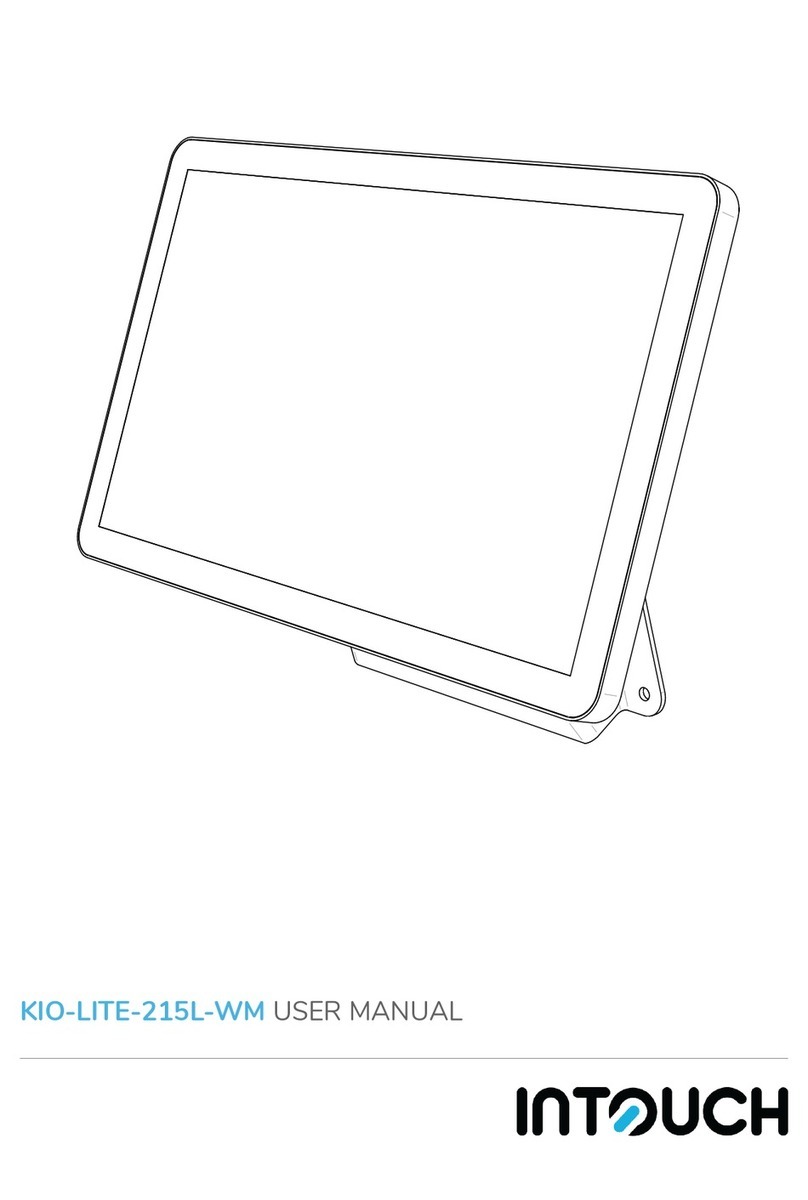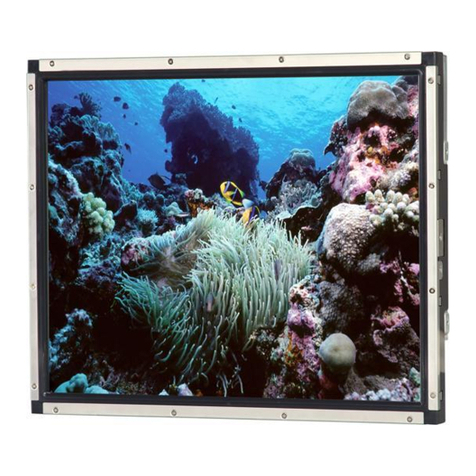
2DTP170 Installation Manual Rev C.docx
features
xFully configurable control panel
xDTP170 fascia accommodates
practically any flat architectural
surface medium.
xSophisticated feature rich LCD
Colour Touchscreen panel.
xControls 255 areas, 255 channels
per area, 96 scenes per area,
250 events, 8 tasks.
important safeguards
Read the Instructions –We
recommend that you read this
Instruction Manual prior to
commencement of installation.
Special Programming –This device
will only operate in basic modes until
programmed. If programming is
required, contact your local agent for
details. Once the data cable is
connected to the device, the factory
default settings will allow the panel to
control all channels in all dimmers.
Mounting Location –This device must be
mounted indoors away from direct sunlight.
The optimum viewing angle is 90˚. Ensure
that the LCD display will be at, or slightly
below, eye level for all users. Take this
into account when deciding the mounting
location.
Data Cable –The recommended cable for
connections to the serial port is screened,
stranded RS485 data cable with three
twisted pairs. Part numbers for various
manufacturers are listed on page 5. This
cable should be segregated from mains
cables by a minimum distance of 300mm.
If anticipated cable runs are over 600
metres for serial cables or 12 metres for
analogue cables, consult your Dynalite
dealer for advice. Do not cut or terminate
live data cables.
The Display –The DTP170’s LCD display
and touch membrane are very sensitive to
damage from sharp or hard objects. Never
operate the panel using anything other
than your fingertip. Ensure there are no
protrusions when fitting the panel to the
wall. If cleaning is required, use a dry cloth
or soft cloth with alcohol, neutral detergent
or ethanol for clearing of dirt and
smudging.
Power Supply –The DTP170 Touch
Screen requires a DC supply. Due to the
extra load of the backlighting, supply from
the DyNet network may not be of an
adequate capacity. We recommend the
installation of an additional 12V - 15V DC
power supply rated at 1A minimum,
connected directly to the +12V and GND
terminals on the panel (in parallel to the
network +12V and GND cables). This may
require additional wiring. When selecting
the power supply location, keep in mind
that a power supply hidden locally in the
wall or ceiling is difficult to service.
Warning
xTO REDUCE THE RISK OF FIRE OR
ELECTRIC SHOCK, DO NOT EXPOSE
THIS DEVICE TO RAIN OR MOISTURE.
xDO NOT ENERGISE UNLESS THE
FRONT COVER IS IN PLACE.
xINSTALLATION, PROGRAMMING AND
MAINTENANCE MUST BE CARRIED OUT
BY QUALIFIED PERSONNEL
